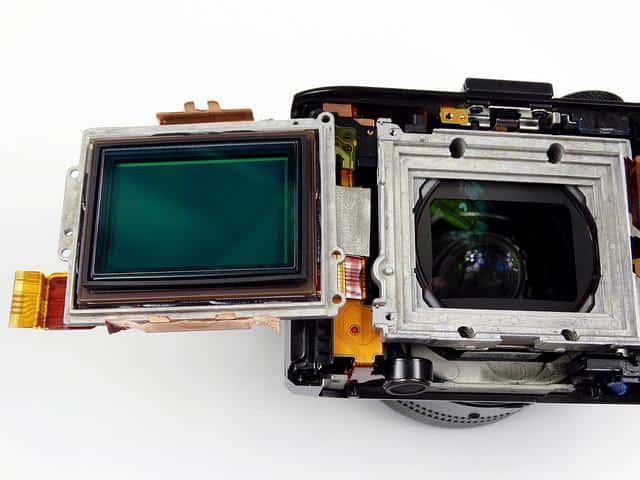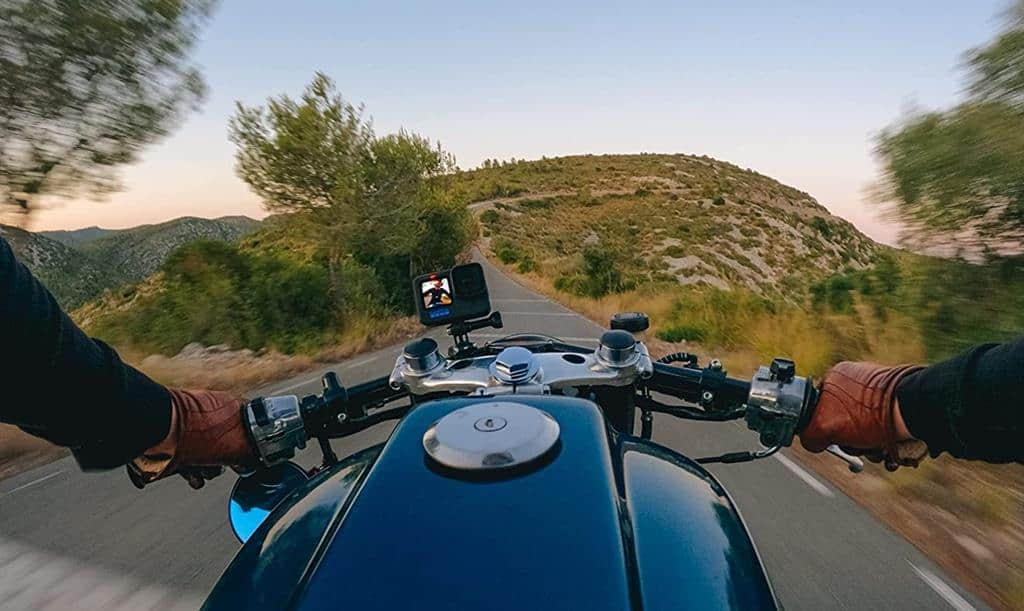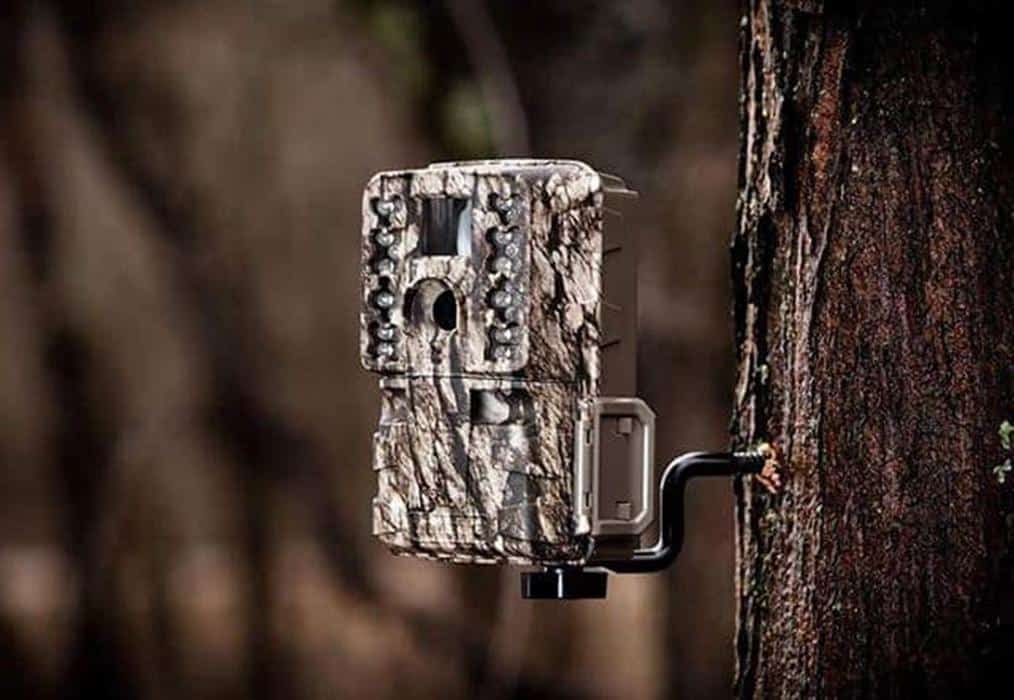A camera sensor is a basic device in any digital camera, whether in your smartphone, photography camera, or more sophisticated cameras used to get space images. A camera sensor is a solid-state device that captures light entering the camera through the lenses; once the shutter button is pressed. The light is used to create an image by converting it into an electrical signal that can be processed into a digital image to be printed or stored. These sensors have millions of light-sensitive units called photosites or pixels.
Incident light falls on photosites and is converted to electrical signals depending on the intensity of the light. The amount of electrical signal coming from each unit is directly proportional to amount of light trapped by the photosite. Though there are two main types of camera sensors Charged Couple Device (CCD) and the Complementary Metal-Oxide Semiconductor (CMOS), they work under one principle of converting the light signal into an electrical signal. The electrical signal is then processed into a digital image.
Therefore, camera sensors are important components of any digital camera system. They are the basic units where incident light is converted into a digital signal sent to the processor to create digital images that can be stored or presented in other ways. It is thus important for any camera user to familiarize themselves with the basics of camera sensors to know how features such as megapixels and size may affect the quality of images produced by a camera. Camera sensor manufacturers have progressively improved the features such as pixel numbers, color imaging, and size to match the demand in the photography and printing industries.

When consumers look for cameras, they get various cameras with different sensor pixels and sizes. They find themselves at a crossroads, not knowing what each of the much-published features means to them and how it’s likely to affect their photography work. For example, a camera user will want to know whether a bigger number of pixels means more clear images or not and whether the size of the sensor has any impact on the quality of images.
Of all the features you find in a camera, you need to know more about the sensor size because it can impact your photography. Sensor size is a factor you should consider to know how well your camera can work. Camera sensor size is expressed as a fraction ranging from the smallest (1/2.3in) to the biggest (full-frame) sensors. Your camera sensors determine the quality of the photos, and you have to know how it does this.
Your camera sensor size will determine the following aspects:
1. Megapixels of the camera
You will find your seller explaining the features of the cameras they sell, and they are likely to mention the word Megapixel. A megapixel is the cumulative number of photosites in the sensor. A camera with a higher number of megapixels will be touted to be the best, and you need to understand what this means. A camera with a high number of pixels may be good for you as it captures more light and reduces the amount of noise in the image. Noise refers to random specks of color and images captured in the background. The images taken are clearer than when a camera used has fewer pixels. A camera with many pixels may thus be better than one with fewer pixels.
2. Photo quality and resolution in low light
The size of the camera sensor has an impact on your photo quality and resolution. It is good to know that the bigger your camera senor is, the bigger the size of photosites it has. Bigger photosites, in turn, allow the sensors to capture more light, especially when there is little light in the background. Therefore, a bigger sensor size allows you to get clear images even when you don’t have much light in the background, and the chances of having digital noise are also reduced.

3. Size of lenses and camera
The big size of the sensor requires a bigger lens to focus the incident light on the photosite. Therefore, it is most unlikely to find big sensors on small cameras that have small lenses. The bigger the sensor, the bigger the lenses required. Bigger lenses, in turn, mean the camera should be bigger and weightier to house them. Therefore, depending on your work, you have to decide whether to buy a big camera to benefit from its big sensor or use a smaller camera.
4. Crop factor
Crop factor refers to the sensor size ratio to the full-frame sensor. The ratio indicates the amount of frame visible when taking a photo. A small sensor allows you to capture clear images with a small part of the frame and vice versa. Images are always clear at the center. Therefore, a good camera discards parts of the image at the edges of the frame that are not much clear.
5. Price of the camera
The size of the sensor in your camera may determine the cost you have to pay for the camera. The bigger the sensor, the more the material is used. Manufacturers make camera sensors from large, expensive silicon wafers. A bigger piece of the wafer is cut to make a big sensor than when making a small sensor. The price may therefore increase with the size of the sensor in your camera.
Conclusion
You are now aware of a camera sensor’s pivotal role in photography. Whether using your smartphone or a common camera to take photos, you need the right sensor to convert light in its analog form into a digital signal. The camera processer uses this signal to create an image as the end product. Camera sensors come in different sizes, and you should thus know which sensor suits you, depending on your work. When buying or using a camera, consider the size of its sensor, as this can affect the quality of photos you get. We hope you are now informed about your camera sensor’s great role.



